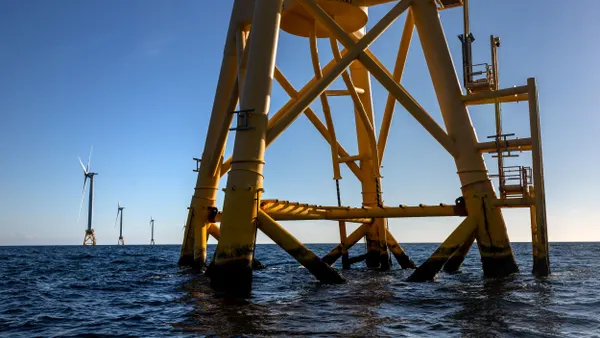Dive Brief:
- The South Carolina Public Service Commission last week approved a settlement agreement between Duke Energy Carolinas, South Carolina Electric & Gas (SCE&G) and major environmental groups that allows rooftop solar owners to get full retail value for electricity their systems send to the grid.
- The agreement on net energy metering (NEM) is part of Act 236, passed in 2014 after a consultation process involving renewable energy-interested stakeholders. Solar systems installed before the end of 2020 will earn full retail value bill credit for each kilowatt-hour that goes to the grid.
- Act 236 also legalizes third party ownership of solar, more widely known as solar leasing, and sets up rules by which leasing companies like SolarCity and Sunrun must operate.
Dive Insight:
To study the emerging solar opportunity, a South Carolina General Assembly-created oversight group organized a coalition of environmentalists, solar advocates, and utilities and electric cooperatives into an Energy Advisory Council in 2013. Act 236 was formulated out of its report.
The NEM settlement also raises the size limit of eligible systems from 100 kW to 1 MW and raises the cap on NEM systems from 0.2% of each utility’s peak capacity to 2%.
Act 236 requires leasing companies to be certified by the state and limits the size of leased residential systems to 20kW and leased commercial systems to 1000kW. Leased systems can only serve one customer and one location and cannot sell electricity to third parties. The total of leased solar is capped at no more than 2% of a utility’s residential, commercial, or industrial customers average retail peak demand.
Groups that led the settlement with the utilities include the Coastal Conservation League, the Southern Environmental Law Center, and the Southern Alliance for Clean Energy.













